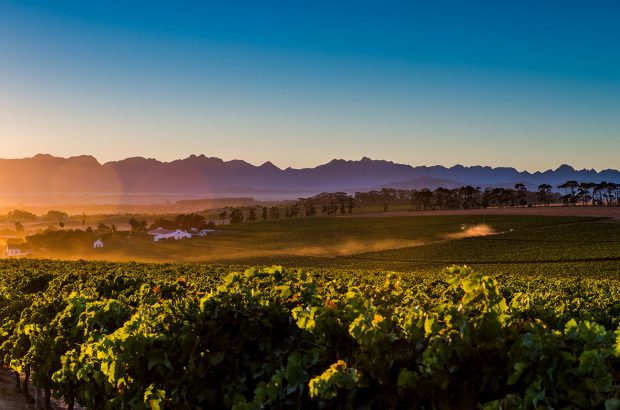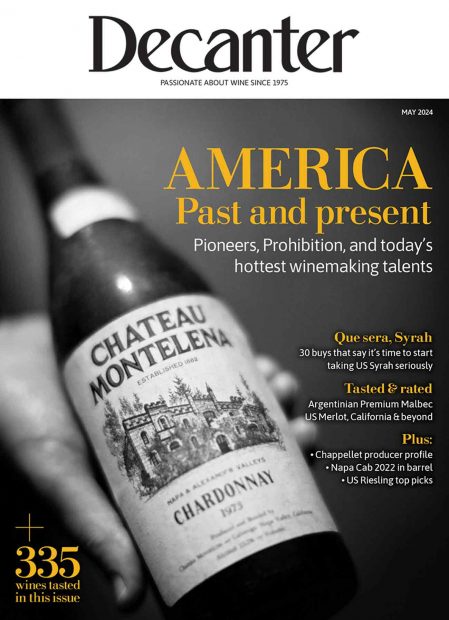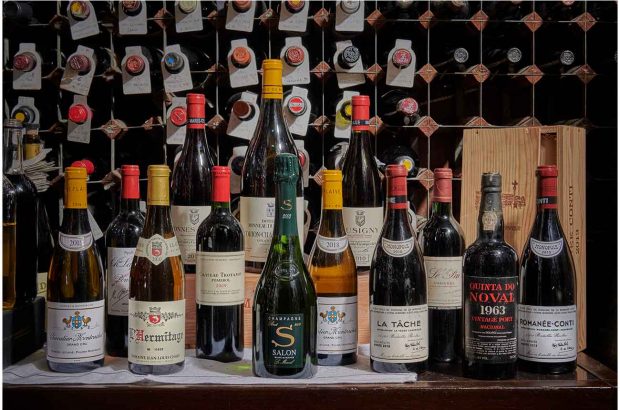The El Niño weather cycle saw Argentina report its worst pre-harvest grape losses since 1957, with production in 2016 expected to be 27% smaller than 2015 across the country and 39% down in Mendoza.
First look: Argentina’s 2016 wine harvest
Weather associated with the El Niño phenomenon characterised the 2016 wine harvest in Mendoza.
A cool and wet spring set the harvest back by a month.
April was a wash out with 400% more rainfall than usual over 15 days complicating harvest times and adding botrytis to the list of problems alongside powdery and downy mildew.
The quantity of rain may be normal elsewhere, but wine producers in ‘the land of sun’ were left unprepared.
‘People are used to spraying here only twice a year, and this year you had to spray around eight times,’ said Catena Zapata’s vineyard manager, Luis Reginato.
As costs overlapped the market price for grapes, many producers abandoned their vines – prioritising only the top quality vineyards. Worst hit was eastern Mendoza with losses of up to 50%.
However, winemakers were still optimistic about the lower alcohol and fresher style of wines this vintage.
Uco Valley ‘silver lining’

Image: Bodega Zuccardi in Uco Valley. Credit: Zuccardi
The silver lining was in the Uco Valley. ‘The soils are poor so there was less of a problem with botrytis,’ said winemaker Sebastian Zuccardi, of the Zuccardi Wines.
‘It is a completely different year but the grapes are better than expected: sugar is low, pH is high and acidity is high.’
Throughout Mendoza alcohol took a dip with average registered levels only hitting 12% this year, a marked difference from the usual 13-14%.
Patagonia, San Juan & Salta

Patagonia. Credit: Wines of Argentina.
Elsewhere in Argentina, El Niño had a lesser effect.
‘We had a very good growing season: the winter started warm, but finished cold and spring was cool,’ said Piero Incisa della Rocchetta from Bodega Chacra in Patagonia, where a warm summer brought the harvest back up to speed.
San Juan also had a good year, making it – along with Patagonia – a major grape source for Mendoza producers.
In Salta, a spring frost produced a lower yield but finished in a promising vintage with good quality, according to producers.
Related content:

Decanter travel guide: Salta, Argentina
This province in northwestern Argentina seduces millions of tourists each year with its wild and beautiful scenery, its rich cultural





